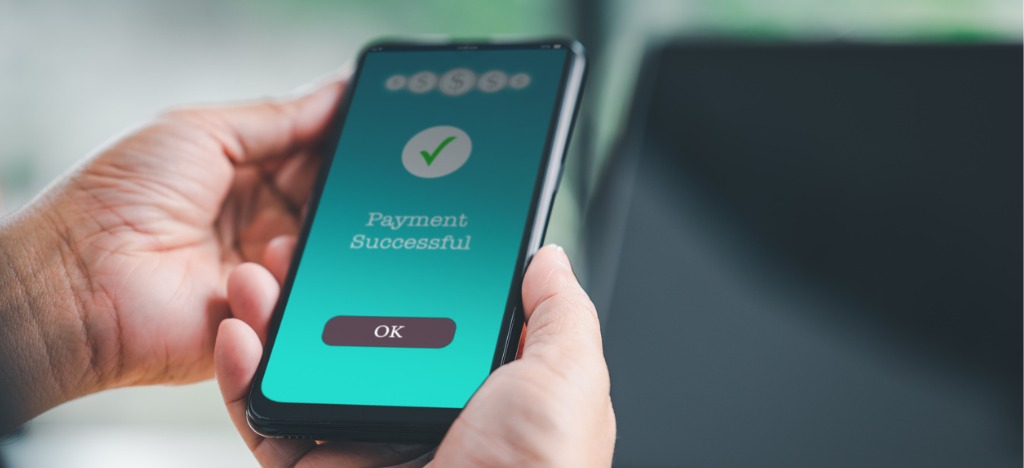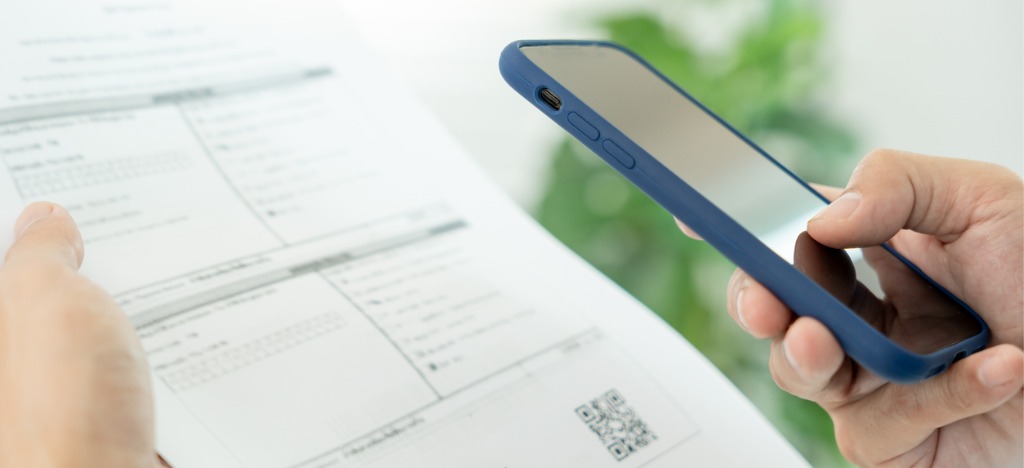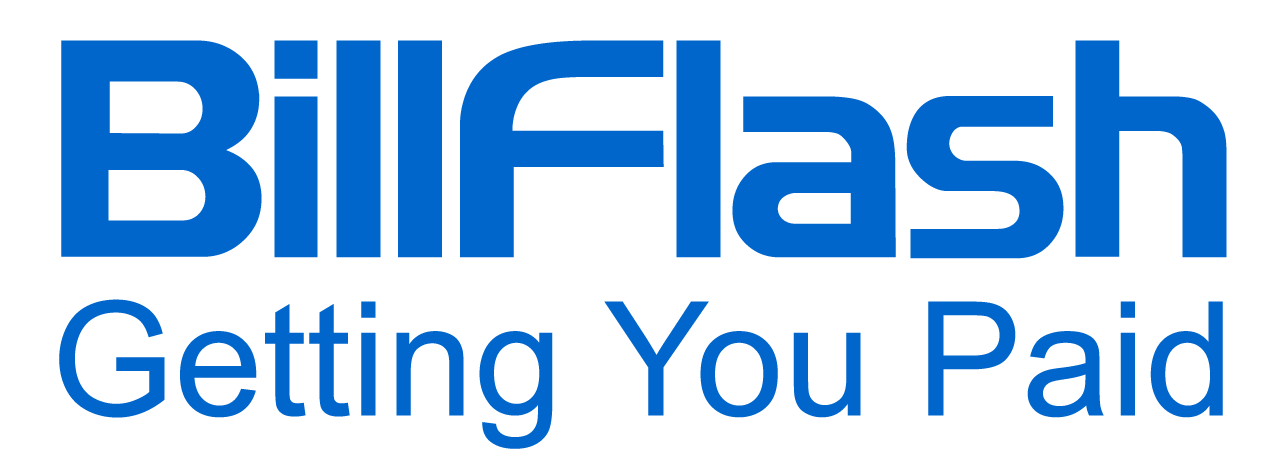Discover how combining mailed and eBills improves patient engagement, accelerates payments, and boosts your practice’s financial health.
Medical practices of all sizes face challenges in receiving timely payments from patients. Late payments, high A/R days, and missed bills are all common issues that can negatively impact a practice's financial health. These challenges often arise from unclear payment processes and inadequate patient communication channels. However, there is an approach that can maximize reach and accelerate payments: combining mailed statements and eBills.
Rather than seeing mailed statements and eBills as an either/or choice, more practices should recognize them as tools that work together to optimize patient engagement and expedite the payment process. These options help practices connect with patients through their preferred communication channels. This approach increases visibility into patient accounts and makes it easier for patients to pay on time.
This combined strategy improves the payment experience by ensuring patients are well-informed and reminded in ways that resonate with them.
Why One-Channel Billing Isn't Enough Anymore
In 2025, relying on just one method for sending bills, whether through mail or online, is no longer adequate. This limited approach creates challenges in reaching patients, collecting payments, and supporting a positive patient experience.
When healthcare providers rely only on mailed bills, they run into several problems. The process takes time: printing, mailing, and waiting for delivery slow everything down. For providers, that means delayed payments, increased overhead, and less time to focus on patient care. On top of that, mailed bills can become lost in transit or misplaced after delivery, often leading to unpaid balances or delayed payments.
On the other hand, switching entirely to eBills does not immediately resolve all issues. Not all patients have access to reliable internet or have the digital literacy needed to navigate online patient tools comfortably. Older patients and those with limited internet access may feel excluded and unable to manage their medical bills effectively. In addition, concerns about data security and privacy breaches can make some patients hesitant to adopt electronic billing.
By sticking to one method, healthcare providers risk excluding some parts of their patient population, making it harder to ensure timely and consistent payment collection.

What Patients Want
People have different ideas about how they'd like to receive and settle their medical bills. Studies show a division in preferences. 32% of patients prefer to receive healthcare billing statements by mail, and over 60% prefer to pay medical bills online, highlighting a demand for digital payment convenience. Age plays a key role in how patients feel about billing.
Baby Boomers (Born Between 1946 and 1964)
This older generation often prefers postal mail due to its familiarity and the lower comfort level with technology. They may not check emails or texts regularly, making eBills less effective for many in this demographic.
Generation X (Born Between 1965 and 1980)
This generation exhibits greater tech-savviness than Baby Boomers. This makes them more receptive to digital communication like email and text, which they may prefer for convenience.
Millennials (Born Between 1981 and 1996) and Gen Z (Born Between 1997 and 2012)
Considered the most tech-adoptive and tech-savvy generations, they favor digital channels such as mobile apps, online portals, and text messages for their speed and accessibility.
So, while age does influence patients' billing preferences, individual life circumstances also shape these preferences. Patients with busy schedules may choose eBills, whereas those with more time prefer mailed bills to review details before paying. Using just one method can lead to wide communication gaps and slower collections.
Each patient has unique needs shaped by their lifestyle and habits, highlighting the importance of flexibility. A multi-channel approach that offers mailed bills and digital options like email, text, and online portals is an effective solution. By adopting this approach, healthcare providers can meet patients where they are, addressing their preferred method. Not only does this improve communication and patient satisfaction, but it also helps with payment collection, ultimately benefiting the practice's financial health.
By offering more than one way for patients to receive and pay their bills, providers can reach everyone, regardless of age or schedule, and make the process easier for everyone involved.
Why Mail Still Matters
Given the digital transformation in healthcare, it might seem like paper billing would be nearly outdated. However, it remains an important way for many patients to engage with their providers. Direct mail, with its impressive 90% open rate, remains one of the most effective methods of communication. Physical mail offers a level of visibility and reminder that digital notifications can't always match, since they may get lost among other messages. Mailed statements provide a trusted, familiar method for patients less familiar with digital tools to manage healthcare expenses.
Modern mailed statements have evolved to bridge the gap between traditional and digital preferences by incorporating features like QR codes. These codes allow patients to instantly access their bills online and make secure payments using their smartphones, giving them the security of a documented bill and the ease of digital payment. This integration of traditional and modern tools helps increase the legitimacy and urgency of the bill while providing multiple billing options. So, it's not about choosing between old and new, it's about using what still works.

How eBills Enhance Speed and Convenience
eBills have transformed the healthcare payment process by offering instant delivery via text or email, with a direct link to a HIPAA and PCI‑compliant payment portal, allowing patients to pay in a few clicks without manually entering invoice details. This immediacy aligns perfectly with the expectations of patients who want fast, mobile-first, and paperless transactions. The efficiency of digital communication is supported by the high engagement rates associated with SMS messaging, which has a remarkable 98% open rate.
This level of engagement increases the likelihood that patients will receive, review, and take action on their bills within minutes. eBills simplify the payment process by allowing patients to pay their bills conveniently from their smartphones or computers, eliminating the need for everyone to pay via physical checks or wait on the phone for someone to take their payment. With eBills, the system sends the bill the same day it's approved. This motivates 32% of patients to pay within five minutes of receiving the notification.
Incorporating Automated Payment Reminders
The incorporation of automated payment reminders further improves collection rates by reminding patients, in intervals, that a payment is due. These reminders help minimize the risk of oversight and late payments. Automated, multi‑channel payment reminders reduce payment delays by up to 50 percent. Providers have also witnessed up to a 60% increase in payments within 30 days when using tools like PayReminders and eBills.
With nearly 70% of online adults using digital or mobile payments in the past few months, the increasing trend toward digital transactions is evident. eBills are important for meeting this demand, offering speed, convenience, and better payment outcomes. BillFlash PreBill takes patient convenience further by sending patients a digital invoice link via text or email before their appointment. By receiving their bills in advance, patients can understand and plan for their financial responsibilities beforehand, resulting in fewer surprises and faster payments.
Why Mail + eBills Work Better Together
Combining mail and eBills creates a powerful payment strategy that significantly improves the billing process for healthcare practices. The connection between these two methods leads to double the visibility, which translates to faster payments. By providing physical mail and digital reminders, practices can ensure that patients are more likely to see their bills and take action.
One of the main advantages of using mail and eBills is that they reach a broader range of patients. As mentioned, different patients have different preferences regarding how they receive communication. Some favor traditional paper bills, while others are more receptive to digital formats. By catering to both preferences, practices can connect with more patients, regardless of their tech savviness. This approach ensures that bills are received and reduces the risk of being overlooked or disregarded.
Practices that consistently send mailed bills and eBills have reported impressive reductions in A/R days. Many practices have seen A/R days drop significantly from an average of 20 days to just 9 days when using them together. This improvement highlights how using multiple channels can expedite the payment process, allowing practices to maintain healthier cash flow.
The process often plays out practically for patients. A mailed bill serves as a tangible reminder of their financial obligation. When patients receive a follow-up text or email reminder, it acts as an additional nudge to encourage timely payment. Many patients may initially notice the physical bill; the digital reminders can trigger them to take action.

How BillFlash Makes Multi-Channel Billing Simple
BillFlash understands the importance of efficient and effective billing in a practice and has developed a multi-channel billing solution that simplifies the process. This ensures patients receive their bills promptly and securely, making payment easier.
One key feature of BillFlash is its ability to support eBills and mailed statements. This dual approach ensures that all patients can receive and pay their bills conveniently, regardless of their preferences. With BillFlash, practices can easily send mailed statements, eBills, and payment reminders with just a few clicks—no printing or mailing required. With PayReminders, you set the rules once, and the system handles the rest. It can send up to three emails and texts monthly until patients pay their balance.
QR Codes on Mailed Statements
BillFlash also enhances patient convenience by including QR codes on all mailed statements. After scanning the QR codes with a patient's smartphone camera, they will be directed to a patient-friendly online portal to view detailed billing statements and make secure payments with a single click. Whether practices send bills by mail, email, or text, they direct patients to the same secure payment portal, PayWoot.com.
BillFlash uses the USPS National Change of Address (NCOA) service to ensure that mailed bills reach patients without delays. This service updates and validates mailing addresses before sending bills, reducing the risk of undeliverable mail and delays. In addition, BillFlash maintains HIPAA compliance and allows for customizable messaging, ensuring that every patient touchpoint is secure and aligned with each practice's brand while maintaining patient trust.
One of the most significant advantages of BillFlash is the consolidated tracking and reporting capabilities. Practices can monitor delivery success, patient engagement, and payment activity all in one place, giving their staff greater control and insight into the billing process.
Better Together—Don't Choose, Combine
For patient billing, practices don't have to choose between mailed statements and eBills. BillFlash proves that mail and eBills are the billing “power couple” that drives faster, more consistent patient payments. By using both channels, practices can ensure a greater reach, better patient experiences, and better cash flow.
To see how BillFlash's billing, payment, and collection tools can help your practice thrive, schedule a demo with us and experience the difference yourself.

